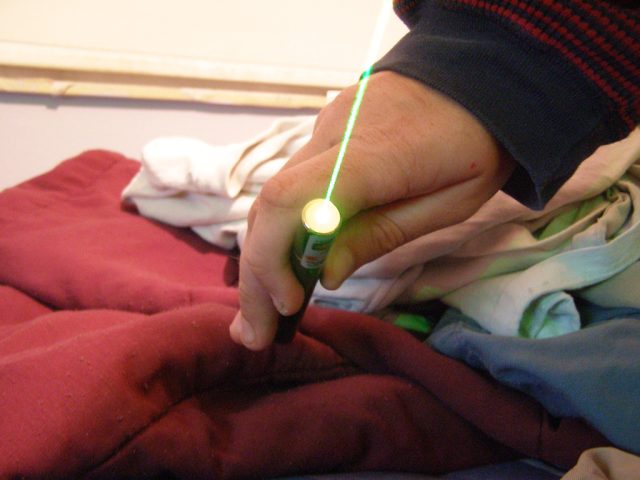
Sergio Rodriguez was originally found guilty of violating two laws: 18 U.S.C. § 39A specifically deals with laser pointers and 18 U.S.C. § 32 is meant to punish those who attempt to destroy aircraft or aircraft facilities. While the first law only carries a maximum sentence of five years in prison, Rodriguez was originally sentenced to 14 years in March 2014. Later, that sentence was overturned after Rodriguez appealed to the 9th Circuit Court of Appeals in San Francisco, and that appellate court overturned the conviction of 18 U.S.C. § 32.
In the June 2015 decision, the appellate judges had unusually blunt language:
The evidence clearly shows that Rodriguez was rightfully convicted of aiming the laser pointer at a helicopter (§ 39A). However, there is insufficient evidence that he willfully attempted to interfere with the safe flight of the helicopter (§ 32(a)(5)). Rather, the evidence showed that he was attempting to see how far his laser would go at night—a stupid thing to do, yes, but there is no evidence that he was trying to interfere with the pilot. Section 39A is designed for knuckleheads like him. On the other hand, 18 U.S.C. § 32(a)(5) is designed for both the Osama bin Ladens of the world—people trying to bring down a plane, intending to cause harm—and those who are aware that their actions are dangerous and could harm others, but just don’t care. The failure to recognize this distinction is to fail to appreciate that Congress saw fit to create two different crimes, one more serious than the other, for two different types of offenders.
reader comments
114